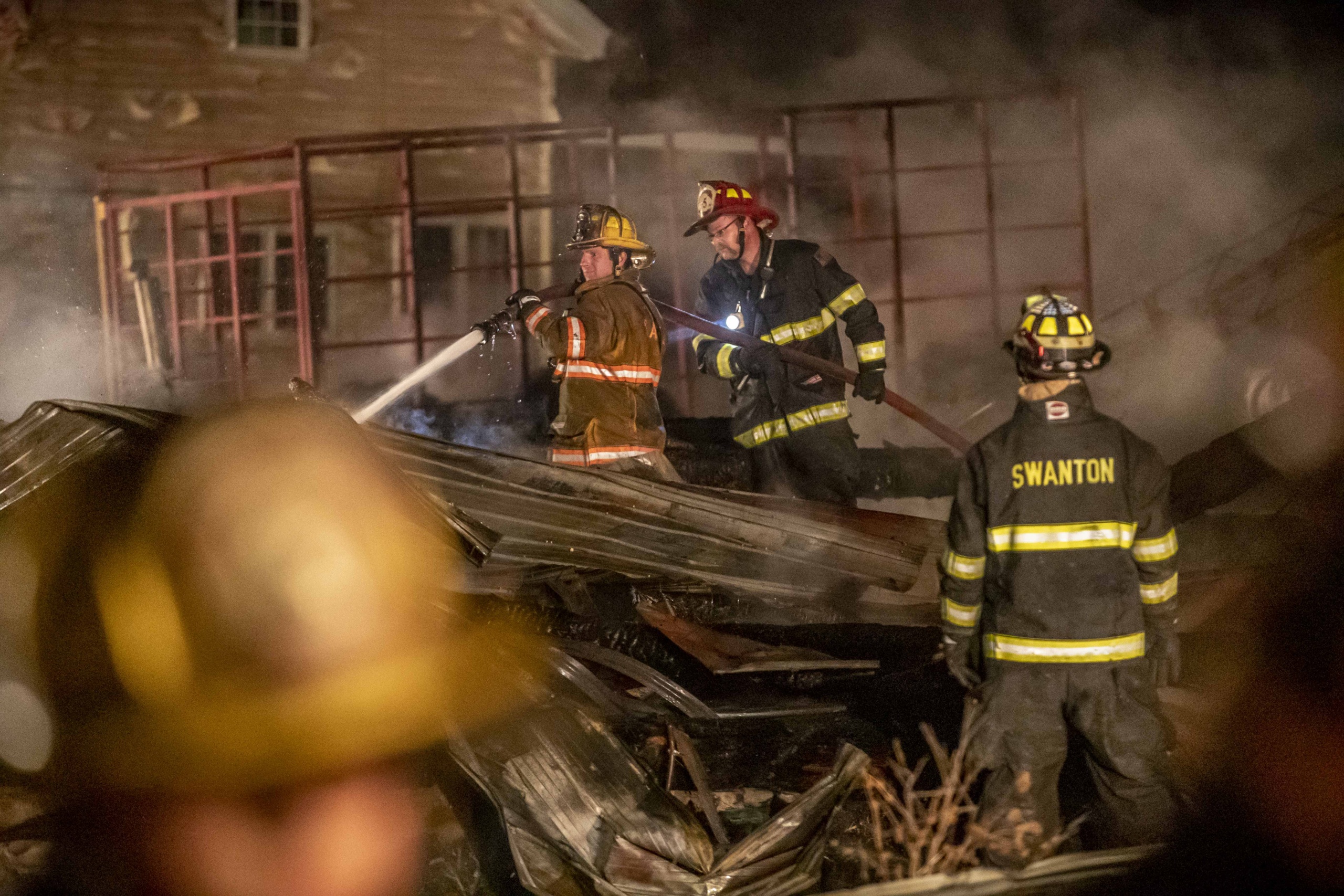Salt Cave and Halotherapy Coming to Montgomery
By Natalie Jackson
People ask, ‘what is a salt cave and how does halotherapy work?’ Vermont Salt Cave and Halotherapy will open sometime late this October or early November to help soothe people all over Vermont with the use of salt rocks.
Salt therapy began in Europe and Russia in the 1800’s. As salt miners worked in the caves, they were exposed to salt fumes and toxins that were released into the air. According to the Salt Therapy Association, salt miners had exceptional health despite the riskiness of a mining career.
In comparison to other miners, salt miners seldom had respiratory issues and often had outstanding skin.
After further studies had been done, it was found that salt caves helped many people with stress and anxiety on top of respiratory and dermatology issues.
Sarita Khan, an owner of the upcoming Vermont Salt Cave and Halotherapy alongside her husband Nafis Khan, has been interested in salt caves and halotherapy since her daughter first introduced her to them in Chicago a little over a year and a half ago. Since then, Khan has been to salt caves in Florida, Puerto Rico, and Denver and tries to go to one whenever and wherever she travels.
Halotherapy is non-pharmaceutical. Khan says it can still be therapeutic for anybody with the following issues: allergies, asthma, bronchitis, COPD, cystic fibrosis, depression, dermatitis, ear infections, eczema, emphysema, hay fever, postpartum depression, psoriasis, PTSD, rhinitis, seasonal affective disorder, sinusitis, smoking damage, and snoring relief.
Although Halotherapy is not officially claimed by doctors in the United States to cure these medical problems yet, European countries claim salt cave therapy heals many people. In England, it is even recognized as a health treatment under the national health service.
In the last ten years, salt caves began being built from bits of the actual caves.
The cave in Montgomery will be covered with about 20,000 pounds of Polish rock salt. In order to maintain the salt rocks, the building must be kept at a particular temperature, around 68 degrees Fahrenheit. For people in Vermont, the opening of the salt cave will come in just in time for customers to warm up from the cold temperatures.
“The salt itself has over 84 minerals including iodine, magnesium, and a lot of other healthy ones,” Khan proclaims.
In the cave, clients will come to relax in a zero gravity chair for approximately 45 minutes, breathing in the salt fumes to release the negative toxins.
“This is unlike a lot of other spa type experiences. You know when you go to get a massage you think, ‘Oh this feels great, I could go home now and have a nap.’ This is different; this energizes you. You come out of there and say, ‘Oh I feel like a million bucks. What can I do now?’” beams Khan.
With this in mind, it is evident how these exuberant feelings and emotions can help with the depression and anxiety.
The salt cave in Montgomery will be a little different from the one that currently sits in Rutland, Vermont. This salt cave will have a halogenerator in it.
According to Khan, a halogenerator takes pharmaceutical grade sodium chloride, crushes it up into minuscule particles, and releases it into a controlled environment within the cave area. The halogenerator is a medically certified machine coming in from Poland.
Of course, because salt cave therapy has not officially been claimed to heal in the United States, Khan says “We will have disclaimers hung everywhere. Check with your doctors. This is not a healing thing.”
The facility will include a spa and a section to sell local retail as well. Khan is looking for “local healers” or products that people would like to sell in the retail section when the opening of the facility occurs. People are encouraged to visit vtsaltcaves.com and reach out to Sarita Khan.




